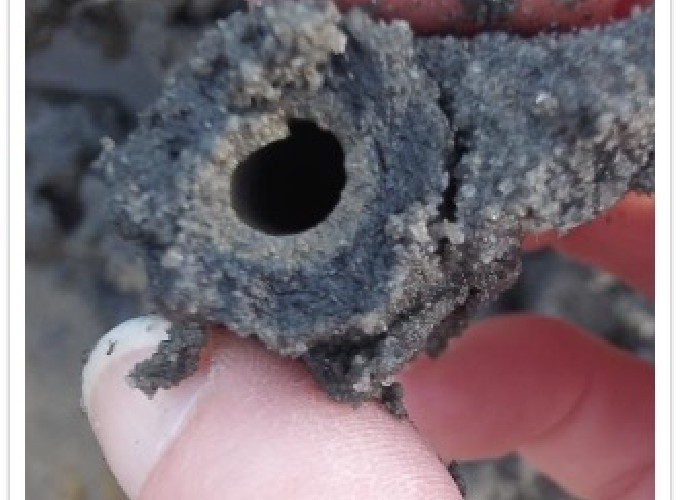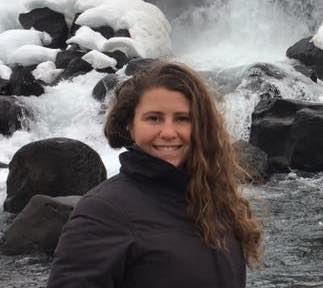Intertidal mudflats are home to a diversity of organisms, many of whom burrow into the sediment for refuge from the elements, to find food, or to escape predation. These burrowing animals are called infauna. The intertidal zone experiences extreme fluctuations in environmental conditions, such as temperature and salinity, on short (tidal) and long (seasonal) timescales. Burrowing organisms are considered ecosystem engineers because these organisms have a large impact on ecosystem processes within coastal environments. One example of this is that when infauna ventilate their burrows by drawing oxygen- rich surface water into the oxygen- poor sediment, creating a layer of oxygated mud at the burrow walls. This can profoundly affect the chemistry of the sediment, altering nutrient fluxes and carbon processing. I study the effects of temperature on burrow ventilation and oxygen dynamics, finding that burrowers alter their behavior in response to changing temperatures, thus mediating the effects of environmental conditions on oxygen consumption in coastal sediments. I am also studying the hydrodynamics of burrow irrigation.
a worm burrow surrounded by a thin layer of oxic sediment within otherwise anoxic mud. photo by E. Murphy
Intertidal mudflats and burrowing animals
 a worm burrow surrounded by a thin layer of oxic sediment within otherwise anoxic mud. photo by E. Murphy
a worm burrow surrounded by a thin layer of oxic sediment within otherwise anoxic mud. photo by E. Murphy
Intertidal mudflats and burrowing animals
Publications
Pulsatile ventilation flow in polychaete Alitta succinea burrows
In aquatic sediments, active ventilation of burrows is an important component of sediment metabolism, transporting solutes across the …
Influence of oyster reefs on infauna and sediment spatial distributions within intertidal mudflats
The engineering effects of oyster reefs modified the abundance of infauna at distances up to 40 m from reefs, while changes in local …
Oxygen transport in periodically ventilated polychaete burrows
Burrowing organisms play a critical role for the functioning of coastal marine sediments, in part due to their pumping of oxygenated …
Burrow extension with a proboscis: mechanics of burrowing by the glycerid Hemipodus simplex
Burrowing organisms, especially those that live in coastal sediments, are considered ecosystem engineers. The glycerid polychaete …
